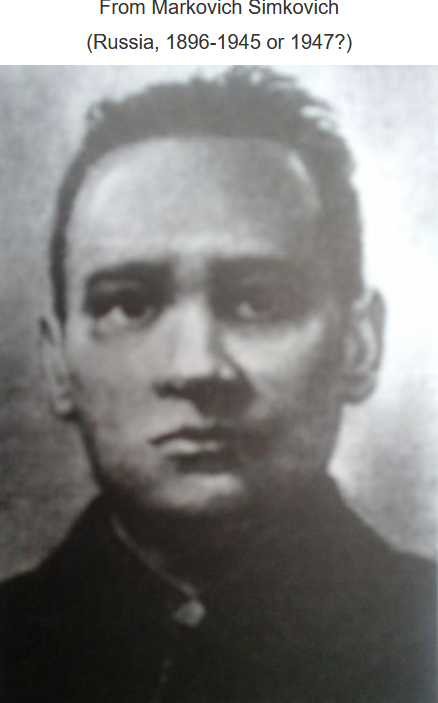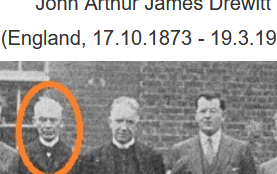

In addition to the introductory helpmates, a very strange (and by no means trivial) 3-moves by a famous composer... of studies. Then a venerable French strategic multi-moves and a longer German one.
We were whetted by Beliavsky-Polou, here is another Queen-Knight against Queen: much simpler and much shorter. The author of this study scalped Rubinstein five years later, but this time the Queen was accompanied by a Rook. One can also evoke the way including our former French champion GM Eric Prié,
 without even the use of a Knight, wins a Queen endgame with three pawns less.
without even the use of a Knight, wins a Queen endgame with three pawns less.

A "photo study" of a friendly grandmaster (ex-candidate) to lighten the mood. What happens in the north-east corner "only happens to others", as Polnareff sang...
It is rare that in the endgame (or even in the "pre-endgame") a King flees the centre like the plague, to take refuge... in a corner of the chessboard. We knew well a Kortchnoi-Matanović game where the White King went from e4 to h1, which in a Bishops and Knights endgame does not seem to make sense. But the choice of the route was not absolutely forced. Here it is a little shorter, but rigorous.
A wild fight where both players absolutely need the whole point. So there is no need to "make the play", it makes itself. On the 20th move White misses a better move. But it is not easy to propose the exchange of Queens, even though White immobilises two Black figures for mate threats in one move. Note that in Daniel's variation 20 Qc5 Bd5 21 Nd2 (21 Nc3!) Rc7 22 Nxc4 the speaker "forgot" 22...Qxe2+! 23 Kxe2 Bxc4+.
See you if God wills in a fortnight, on January 25. Before that, nothing forbids you to come and suffer with us (or simply encourage us) on Sunday 23rd at the Solving Contest.
Have a good time.
AV
Add a comment